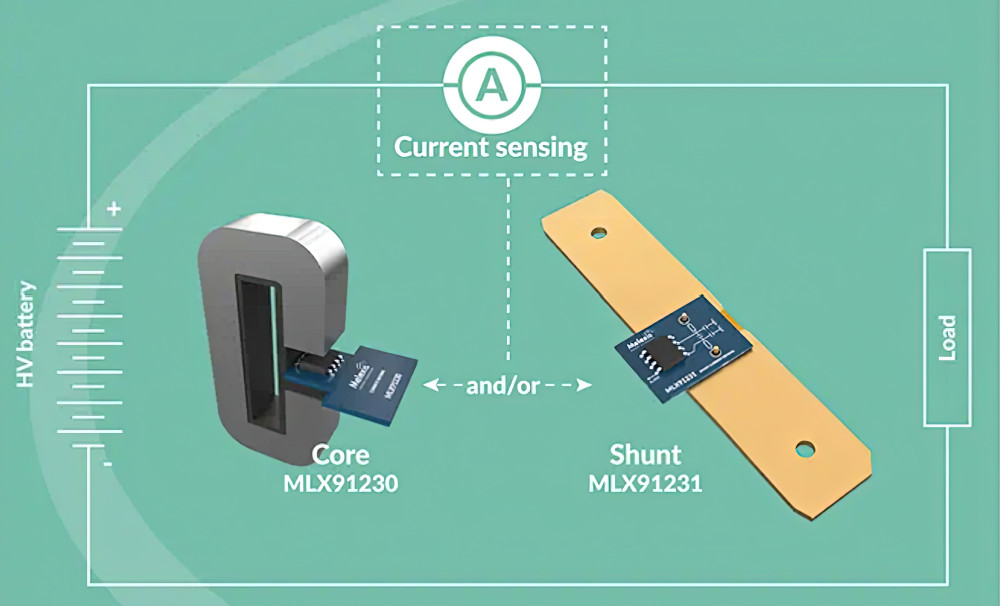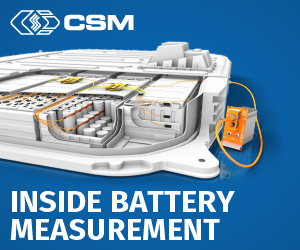Hall effect sensors include simulator

Melexis has launched two types of Hall current sensor for e-mobility power systems, along with an online simulation tool (writes Nick Flaherty).
The MLX91230 is a conventional magnetic Hall sensor with a sensitivity drift of less than 1% and 100 mA offset over temperature, and operational lifespan for current monitoring in BMSs, battery disconnect units and power relay assemblies.
The MLX91231 provides an alternative sensing approach through a shunt interface current sensor with a sub-0.5% sensitivity drift and a 50 mA offset.
Having two different technologies with the same eight-pin SOIC package allows designers to switch from one configuration to the other if requirements change, and to integrate different combinations of sensing into their vehicles.
Both are designed to the ISO 26262 functional safety standard with full support for ASIL integration. The MLX91230 is naturally isolated, while the MLX91231 needs external isolation. Each sensor has an integrated temperature sensor as well as a dedicated safety-rated overcurrent detection pin.
To help design systems with the current sensors, Melexis has also developed an online simulator tool. Its Current Sensor Simulator is tuned to the Melexis proprietary IMC-Hall technology to help engineers with limited experience with magnetic sensors.
By filling in parameters on the web-based interface, engineers describe the specific design requirements and the tool then recommends the appropriate part number as well as the relevant ferromagnetic concentrator, also known as a shield. The tool also provides a total error budget across the full temperature and current sensing range.
It also provides a visualisation of the non-linearities in the ferromagnetic shield to show the levels at which saturation will occur. That means users can see what impact saturation will have and choose the optimal shield.
ONLINE PARTNERS



























